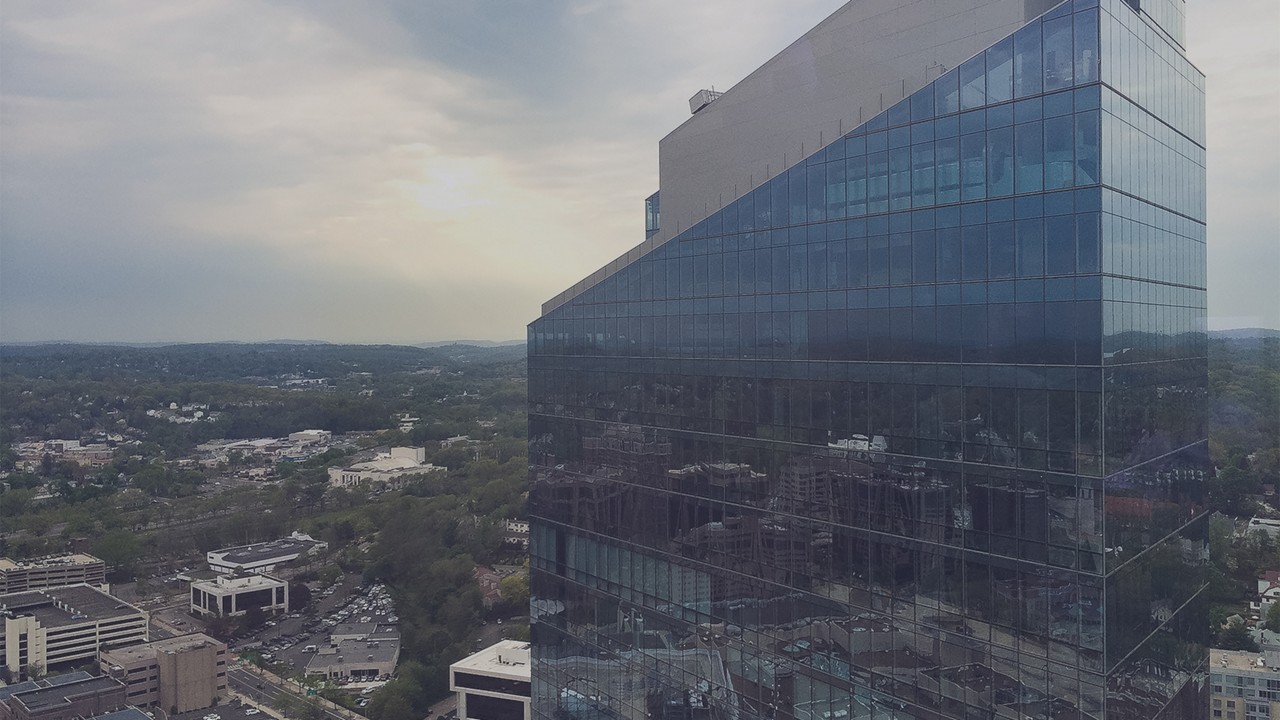White Plains, New York

Located about 25 miles from New York City and founded in 1683, White Plains has been the seat of Westchester County since 1757.
Over the past 50 years, White Plains has undergone several urban renewal efforts to increase commercial activity and attract new residents. White Plains, like Westchester County, is a relatively prosperous and well-educated community. The median household income is almost $82,000—approximately $23,000 higher than that of New York State, and unemployment, at nearly 7%, is lower than both Westchester County (8%) and the state (nearly 9%). Almost half of all residents ages 25 or older have a four-year college degree, and almost one-quarter have graduate or professional degrees.
In recent decades, the city has experienced an influx of Hispanic individuals in search of economic opportunities or suburban living. the changing demographics have revealed stark gaps in income, educational attainment, and average age at death between white residents and the city’s Black and Hispanic populations. In response, local nonprofit organizations have provided tailored social services to White Plains’ Hispanic residents, while city government has focused on urban revitalization projects, notably the rebuilding of affordable housing developments, including set-asides for affordable housing in downtown residential developments.
